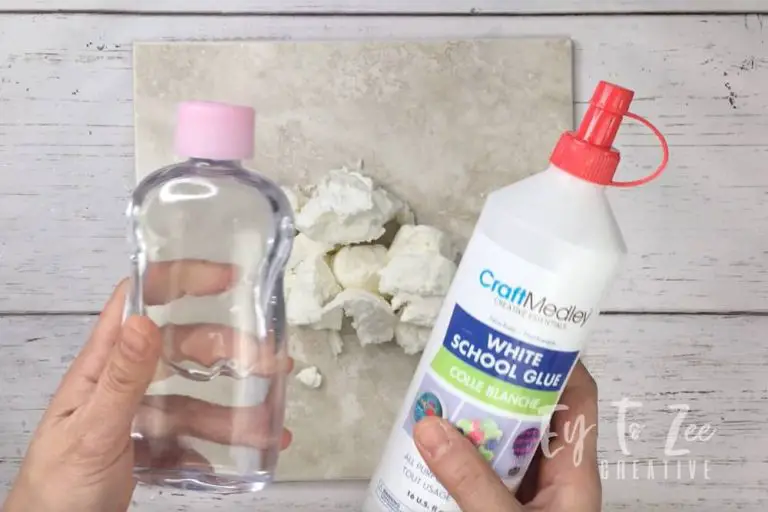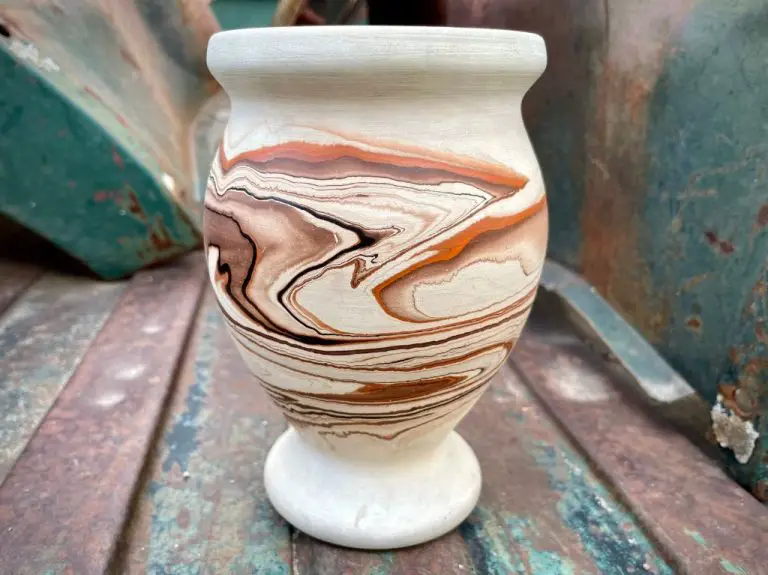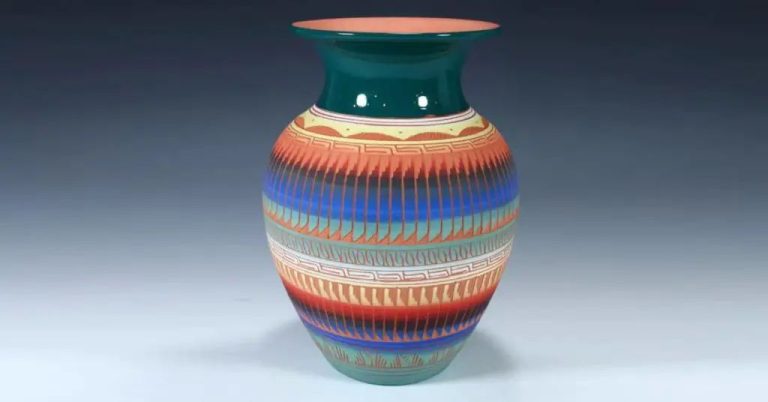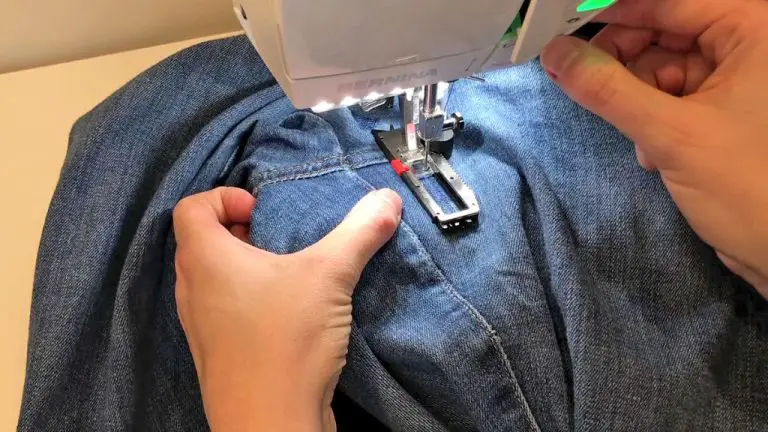What Kind Of Clay Do You Use For Pizza Oven?
Pizza ovens require materials that can withstand and retain high heat for cooking pizza and breads optimally. Clay is commonly used in building pizza oven domes, hearths, and insulation due to its heat retention properties. The right clay materials create a pizza oven that cooks evenly and efficiently.
High-temperature clay maintains heat for longer and distributes it more evenly than other common building materials. As a natural insulator, clay captures heat inside the oven dome and hearth so less energy and fuel are required to reach and sustain cooking temperatures. The thermal mass of dense clay absorbs heat and radiates it back into the oven, creating the ideal environment to quickly bake authentic wood-fired pizza with charred crust and melty cheese.
Firebrick
Firebrick, also known as refractory brick, is a specially engineered brick made for high temperature applications like pizza ovens. It is composed primarily of alumina and silica, which give firebrick a high melting point, low thermal conductivity, and excellent resistance to thermal shock.
The key properties of firebrick that make it well-suited for pizza ovens include:
- High heat capacity – Firebrick can withstand continuous heating up to 1,800°F.
- Low thermal conductivity – It resists transferring heat, helping the oven retain high internal temperatures.
- Resistance to thermal shock – Firebrick won’t easily crack from rapid temperature changes.
- Durability – Its dense structure resists corrosion and abrasion.
- Insulative properties – Firebrick helps insulate the oven for more efficient heating.
Using firebrick to build the oven floor and dome allows the oven to efficiently retain and radiate heat for the high temperatures needed to cook pizza. Its insulating properties also help conserve fuel. With proper care, a firebrick oven can last for decades.
Refractory Brick
Refractory bricks are a type of firebrick designed to withstand extremely high temperatures, usually over 1000°C. They differ from regular firebricks in their composition and properties.
Refractory bricks contain a higher percentage of alumina and silica, giving them increased heat resistance compared to typical firebricks. They can withstand repeated heating and cooling cycles without cracking or breaking down. The high alumina content also provides superior insulation, improving thermal efficiency.
Common refractory brick materials include high alumina bricks with over 45% alumina content and silica bricks with over 93% silica content. The precise material is chosen based on the maximum temperature the bricks will encounter.
Refractory bricks are ideal for lining pizza oven domes, hearths, and combustion chambers. When used correctly, they can withstand the high temperatures needed to cook pizza properly, while insulating the oven and improving cooking efficiency.
Their durability allows them to last for years with proper maintenance. Refractory bricks designed specifically for pizza oven applications are readily available. Using the right type of refractory brick is key to building a well-functioning pizza oven.
Cordierite
Cordierite is a mineral typically used in making ceramic substrates and crucibles. Its chemical composition is 2MgO-2Al2O3-5SiO2. Cordierite has very low thermal expansion, which makes it highly resistant to thermal shock. It can withstand rapid temperature changes without cracking or breaking down.
Due to its excellent thermal shock resistance, cordierite is an ideal material for pizza oven floors and domes. It maintains its strength and shape even when subjected to the high temperatures required for pizza baking, usually around 700-900°F. The low thermal expansion prevents cracking from repeated heating and cooling cycles.
Compared to traditional firebricks, cordierite offers higher mechanical strength, lower thermal conductivity, and better insulation. The smooth surface quality allows easier cleaning. Cordierite pizza oven floors promote even baking and heat distribution. Its thermal properties help retain heat and use less fuel. The durability provides a long service life.
Clay Substitutes
While clay remains the most common material for building pizza oven domes, some opt to use alternative non-clay materials. Here are a few of the most popular options:
Castable Refractory
Castable refractory is a premixed material made of refractory aggregates, calcium aluminate cements, and admixtures. It is formed by adding water and pouring or pumping into place. Some key advantages of castable refractory include:
- Does not require firing, saving time and energy
- Flows into place, reducing labor
- Widely available and pre-formulated
Potential drawbacks include lower insulating value compared to firebricks, difficult replacements if damaged, and susceptibility to thermal shock cracks if heated too quickly.
Insulating Firebrick
Insulating firebrick is made of refractory materials molded into a porous brick shape. Key advantages are high temperature resistance, low thermal conductivity, and lightweight. Downsides are lower load-bearing strength than dense firebricks and higher cost.
Vermiculite Boards
Vermiculite boards consist of vermiculite aggregate held together by cement. They are lightweight, simple to install, and offer good insulation. Drawbacks are lower durability and max temperature resistance around 2000°F. Proper curing time is required before firing the oven.
Sourcing Clay
When it comes to sourcing clay materials for DIY projects like building your own backyard pizza oven, you have a few options to consider.
Your local hardware stores may have a limited selection of basic clay bricks and mortar mixes. While convenient, the selection is often small and prices per brick can be higher than buying in bulk online. Hardware stores are best for small projects or grabbing a few extra bricks as needed.
Ordering clay online provides more options at lower bulk pricing. However, you need to factor in shipping costs on heavy materials. Online retailers like Amazon, eBay, and specialist brick sellers offer various refractory bricks, firebricks, mortars, and clay casts for delivery.
Compare the type and quantity of bricks needed for your project to determine whether online or local pickup is more affordable. Delivery times should also be factored into the project timeline. For customized shapes, consult online retailers offering refractory brick molds and casts.
When reviewing prices, consider brick density and compressive strength ratings, not just the absolute cheapest options. Higher density firebricks withstand heat and pressure better for oven and kiln building. Inspect sample pictures to judge brick quality as well.
With some planning and price research, you can find high quality clay materials for your DIY projects at reasonable prices. Shopping online provides the widest selection, while local pickup saves on shipping.
Clay Preparation
Properly preparing the clay before oven construction is crucial for achieving optimal results. Here are some key steps:
Kneading – Knead the clay thoroughly to remove any air pockets or lumps. This helps ensure even firing and temperature distribution in the oven.
Slaking – Mix the clay with water into a smooth, moldable consistency. Test consistency along the way. Slaking allows the clay to fully saturate.
Aging – Allow the clay to sit for several days or weeks after slaking. This allows time for impurities to settle out and ensures the clay is ready for oven construction.
Curing – After shaping clay pieces, allow them to air dry slowly and evenly to avoid cracks. Turn pieces regularly. Curing hardens the clay before firing.
When working with clay, be sure to take safety precautions:
– Work in a well-ventilated area and wear a mask to avoid breathing in clay dust particles.
– Use slip-resistant flooring and shoes to avoid falls on wet clay.
– Avoid direct skin contact with raw clay. Wear gloves and wash hands after working with clay.
Taking the time to properly cure clay pieces results in higher quality oven construction that lasts for many years.
Clay Installation
Properly installing the clay in a pizza oven is crucial for ensuring proper insulation and heat flow. Here are some key techniques to follow:
Moisture control – The clay should have the right moisture content, not too wet or dry. Test a small sample for moldability before installing.
Layering – Apply the clay in layers, 1-2 inches thick. Allow each layer to dry before adding the next. Thinner layers prevent cracking.
Compression – Compact each layer well before drying, using a tamper or your fists. This removes air pockets and makes the clay denser.
Curing time – Allow adequate drying time between layers, up to a few days. Rushing can cause the clay to crack or delaminate.
Smoothing – Use a trowel, putty knife, or other tool to smooth each layer before drying. This creates a tight seal.
Insulation – Leave a small gap between the clay and oven walls for insulation. Pumice and perlite work well in this gap.
Following these techniques carefully ensures the clay will cure into a solid thermal mass that retains heat and allows it to flow properly within the oven.
Maintenance
Properly maintaining the clay in your pizza oven is crucial for ensuring it lasts a long time. Here are some tips for keeping your clay in optimal condition:
Sealing
Applying a sealant annually will protect the clay from moisture damage. Choose a sealant made specifically for high-temperature masonry. Apply 2-3 thin coats, allowing each to fully dry before adding the next.
Cleaning
Gently sweep out any food debris or ash buildup. Avoid using water or harsh chemicals, as this can deteriorate the clay. A soft bristle brush is ideal for gently scrubbing off any stuck-on grime.
Inspections
Periodically inspect the clay for any cracks or damage. Small cracks can be patched with high-temp mortar or caulk. Larger cracks may require replacing damaged bricks. Look for missing or crumbling mortar between bricks as well.
Replacing Bricks
If a brick becomes too damaged, carefully chisel it out and replace it with a new firebrick of the same dimensions. Use high-temp mortar to set it in place. Allow proper curing time before firing up the oven again.
With proper care and maintenance, your pizza oven’s clay lining can last for many years of delicious homemade pizzas!
Conclusion
Overall, firebrick, refractory brick, and cordierite are the most common and recommended clay materials for building a pizza oven. Firebrick and refractory brick are durable, withstand high heat, and provide good insulation. Cordierite is lighter and has excellent thermal shock resistance. Other natural clays can be used if properly prepared to reduce cracking and withstand heat. The clay you choose will depend on availability, cost, performance needs, and personal preference.
To summarize, firebrick and refractory brick are ideal for most DIY builders and provide a balance of affordability, durability and performance. Cordierite is a premium material that offers the best thermal properties. Natural clay requires more effort to prepare but can work well when processed correctly. Carefully source, prepare and install the clay according to the manufacturer’s or supplier’s recommendations.
Building the oven dome, floor, and other areas with high-quality, heat-resistant clay will ensure your oven retains heat, cooks evenly, and provides the authentic wood-fired pizza experience for years to come.





